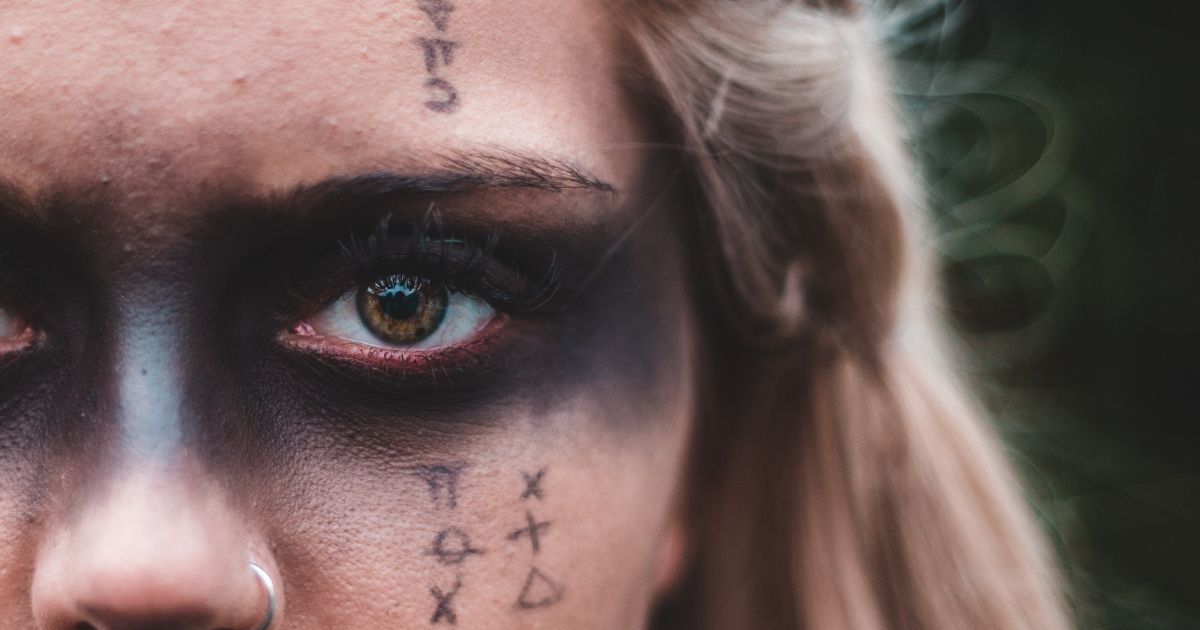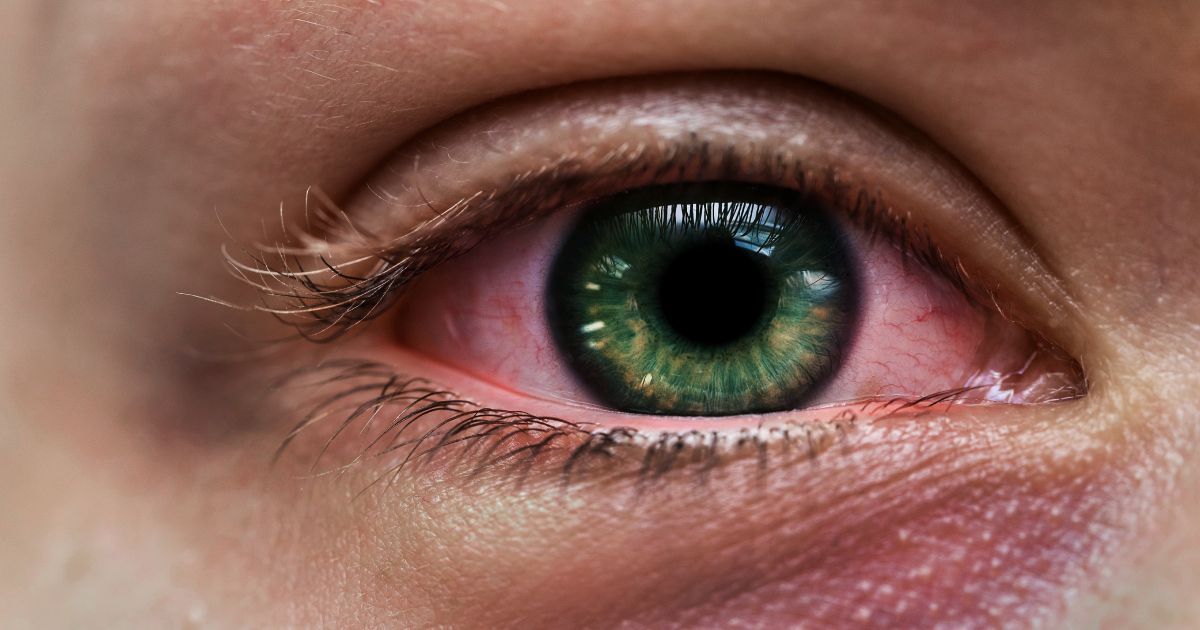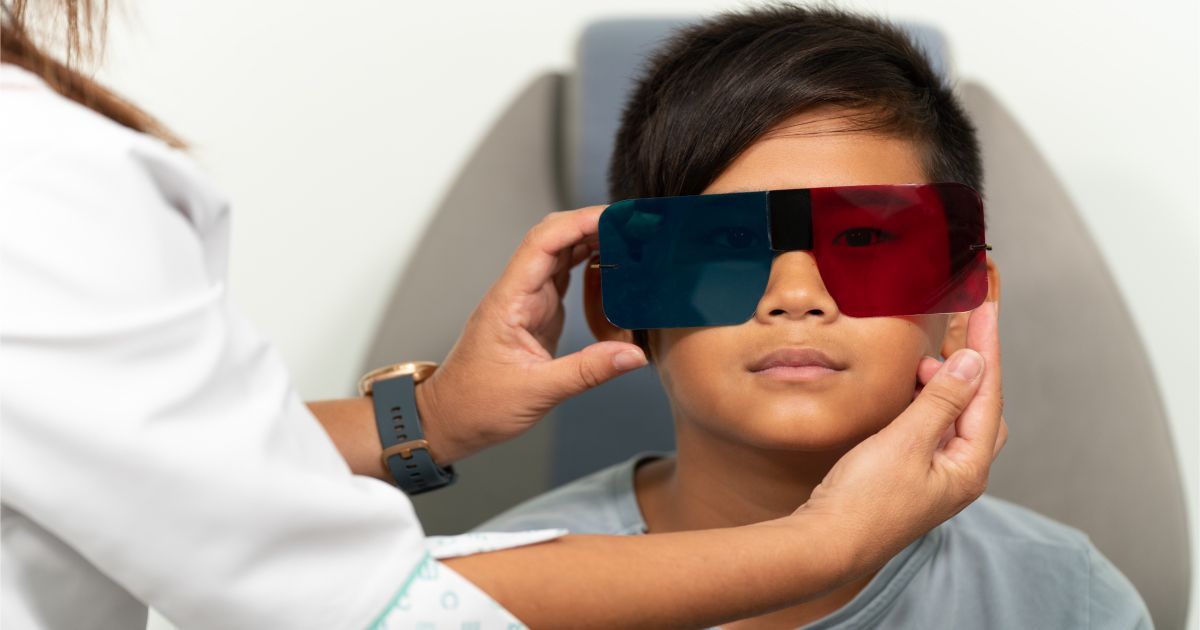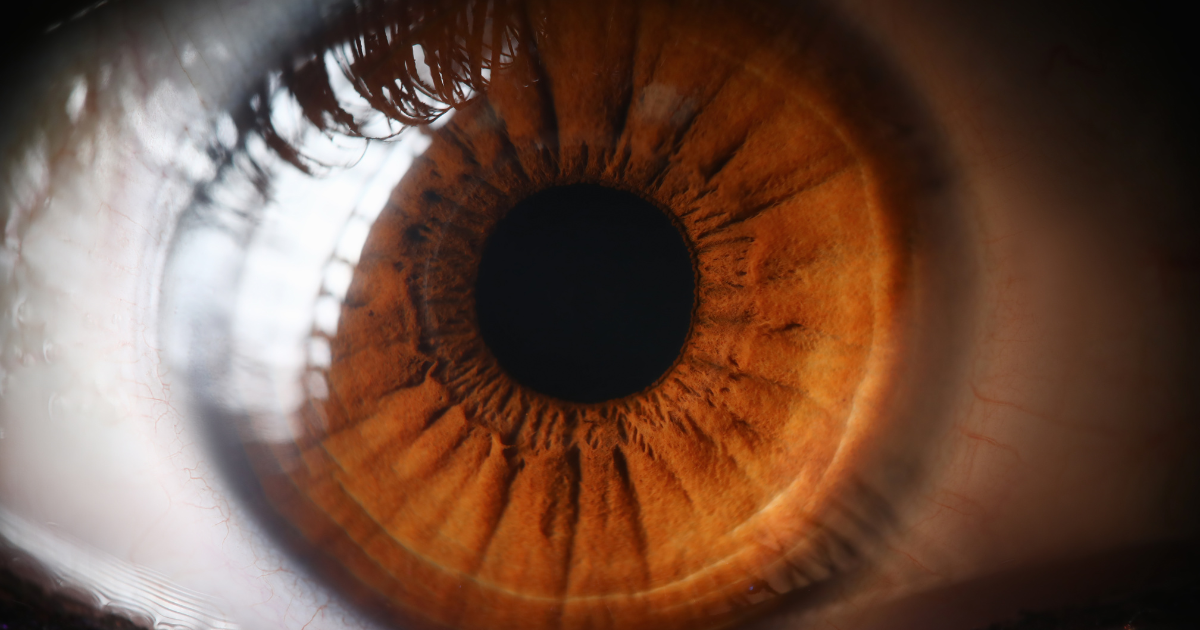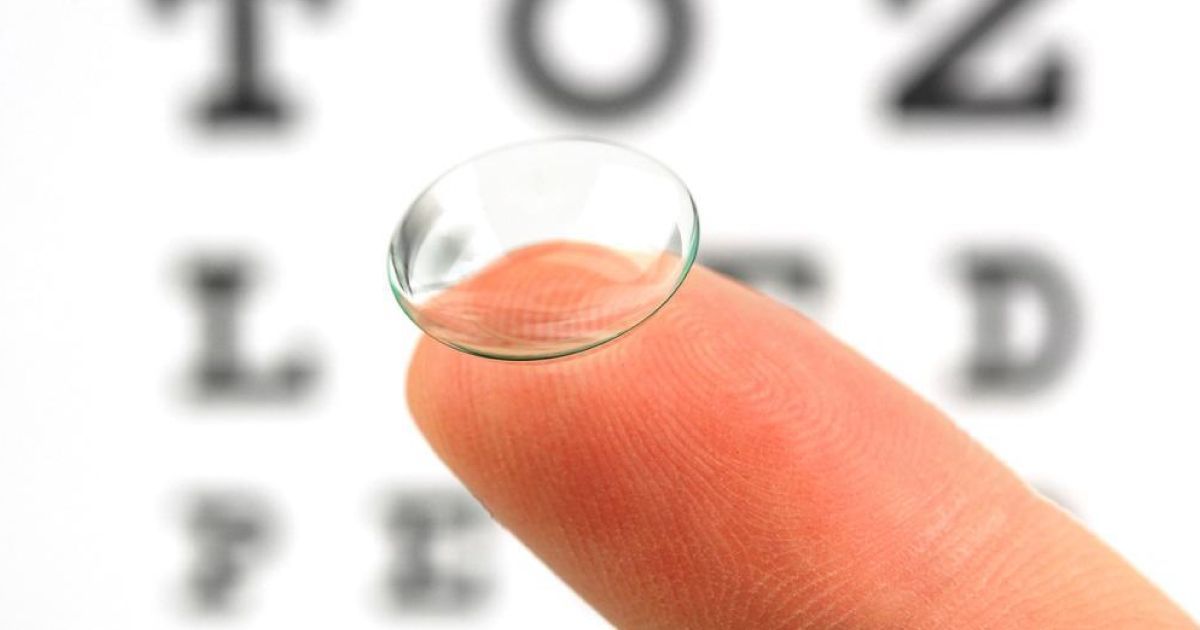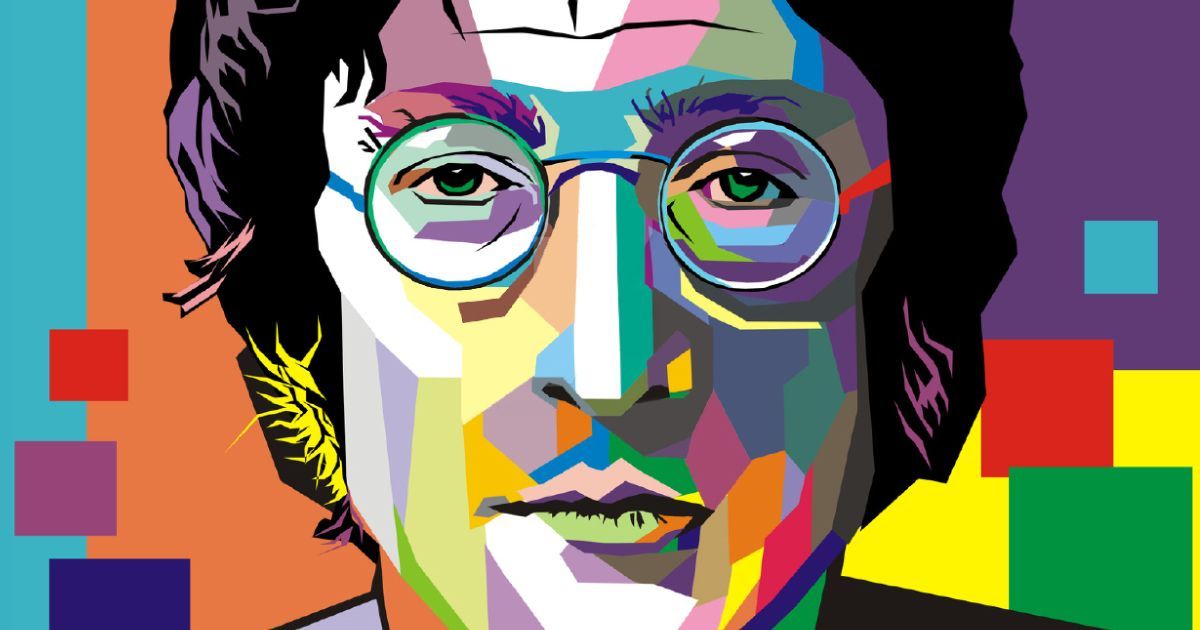Eye-Related Superstitions Around the World: A Journey Through History and Myth
Photo: Stock Photo
Read Time: 7 minutes
The human eye, since the dawn of humanity, has ignited curiosity and sparked fantastical beliefs. More than just organs of sight, they've been imbued with mystical power, acting as conduits to fate, windows to the soul, and shields against unseen forces. This expanded exploration delves deeper into the captivating world of eye-related superstitions, unearthing their historical roots, cultural significance, and fascinating variations across the globe, exceeding 1000 words in its captivating journey.
The Evil Eye's Ancient Shadow
The belief in the "evil eye," a malevolent glare bringing misfortune, dates back millennia. Its origins stretch further than previously mentioned, weaving through ancient Mesopotamia to Mesopotamia to Persia, India, and China. In ancient Egypt, the "Wedjat" eye symbolized protection against the envious gaze, evolving into the iconic "Nazar" amulet popular across the Middle East and Turkey. Roman mosaics depicted the "Mão de Fátima" (Hand of Fatima), a symbol warding off the evil eye still used today. However, the concept wasn't confined to these regions. Germanic tribes believed in the "baleful glance," and Scottish folklore warned of the "evil ee." These talismans and warnings reflect the enduring fear of unseen harm and the universal desire for protection, transcending geographic boundaries.
Celtic Visions and Prophetic Gaze
Celtic lore speaks of individuals blessed (or cursed) with "second sight," the ability to glimpse future events or hidden truths. While often attributed to families with specific lineages, such as the Scottish "Clan Mackenzie," these seers were consulted for guidance and warnings. While depicted in fiction as prophetic oracles, historical accounts reveal a more nuanced perception. Second sight often carried a burden, burdened with visions of death and misfortune, like the Irish seer who foretold the sinking of the Lusitania. This highlights the complex relationship between sight and knowledge, and how sometimes, seeing too much can be a heavy price to pay.
Windows to the Soul
Across cultures, eyes have been regarded as portals to the soul, revealing one's true nature and emotions. Ancient Egyptians believed the eyes held the "ka," the life force, and their depictions emphasized expressive eyes. Chinese physiognomy, developed over centuries, associated eye shape and color with personality traits and destiny. This belief persists in some cultures today, where eye contact holds immense significance. In Japan, prolonged eye contact can be considered rude, while in certain Native American tribes, direct eye contact signifies respect and honesty. This exploration of the inner self through the eyes demonstrates the cultural lens through which we interpret both ourselves and others.
Guarding the Innocent
In Southeast Asia and Pacific Islands, newborns are believed to be vulnerable to malevolent spirits. To protect them, families often paint eyes on objects near the baby or even directly on the child's forehead. This practice, rooted in animistic beliefs, signifies the watchful gaze warding off unseen dangers. It demonstrates the universal desire to safeguard the most vulnerable, with sight acting as a potent symbol of protection. In West Africa, mothers may apply kohl around their babies' eyes to ward off evil spirits. In ancient Rome, pregnant women wore amulets depicting eyes to protect their unborn children. These diverse practices, spanning continents and eras, showcase the shared human concern for protecting the innocent and the enduring power of sight as a shield against the unseen.
From Mystical Meaning to Modern Misconceptions
Eye color carries diverse interpretations across cultures and throughout history. In medieval Europe, green eyes were associated with witchcraft, while blue eyes signified nobility. These beliefs, often based on prejudice and superstition, have evolved over time. Today, certain eye colors like amber or heterochromia (different colored eyes) are romanticized or linked to personality traits. However, it's crucial to remember that these associations are often subjective and have no scientific basis. It's important to appreciate the beauty and diversity of eye color without perpetuating harmful stereotypes or misconceptions.
The Twitching Gaze
The involuntary flutter of an eyelid, a common occurrence, sparks superstition in many cultures. In India, a twitch in the right eye for men and the left eye for women is considered auspicious, while the opposite signifies challenges. This belief reflects the association of the right side with good fortune and the left with obstacles, highlighting the cultural lens through which physiological phenomena are interpreted. In Japan, an eye twitch is seen as a warning of impending danger, while in some parts of Africa, it's believed to indicate that someone is thinking about you. These diverse interpretations showcase the fascinating ways cultures imbue even mundane experiences with deeper meaning.
Divine Scrutiny and Moral Compass
Across mythologies, the concept of an all-seeing eye embodies divine judgment and omniscience. The Eye of Horus in Egyptian mythology symbolizes protection and order, watching over the pharaoh and ensuring stability. The Eye of Providence, depicted on the US dollar bill, represents God's watchful gaze, reminding citizens to act morally and with justice. These motifs underscore the human yearning for divine guidance and the belief in unseen forces overseeing our actions. In Norse mythology, Odin sacrificed an eye to gain wisdom and knowledge, signifying the price one might pay for deeper understanding. These diverse representations, from benevolent guardians to stern judges, reflect the multifaceted nature of the all-seeing eye and its enduring presence in human imagination.
Global Variations and Modern Echoes
Eye-related superstitions, despite their diverse expressions, often share common themes. The fear of the evil eye transcends cultures, as evidenced by the popularity of protective talismans in regions as far apart as the Mediterranean and South America. The belief in second sight, while concentrated in specific regions like Celtic cultures, echoes in broader concepts of intuition and premonition. The association of eyes with the soul finds resonance in contemporary psychology, which recognizes the power of nonverbal communication and gaze.
However, it's important to note that superstitions can evolve and even morph into harmful stereotypes.
Attributing specific personality traits to eye color can lead to prejudice and discrimination. Additionally, some traditional practices related to the eyes, like kohl application in certain cultures, might have unintended health consequences if not done carefully. Therefore, appreciating these superstitions requires not only understanding their historical and cultural context but also critically evaluating their potential impact in the modern world.
The Science of Superstition
While superstitions may seem irrational on the surface, delving into the psychology behind them offers valuable insights. The fear of the evil eye, for instance, could be rooted in an evolutionary desire to avoid social ostracization and maintain group cohesion. The belief in second sight might stem from a heightened sensitivity to subtle cues and a tendency to seek patterns in our environment. Understanding these psychological underpinnings helps us appreciate the deeper motivations behind seemingly strange beliefs.
Modern Interpretations and Cultural Exchange
In our globalized world, encountering diverse eye-related superstitions allows for cultural exchange and a deeper understanding of different perspectives. While respecting these beliefs is crucial, it's equally important to engage in critical thinking and avoid perpetuating harmful stereotypes. Perhaps the most valuable takeaway lies in recognizing the universality of the human experience, as these superstitions, despite their varied expressions, often reflect shared concerns about protection, fate, and the unseen forces shaping our lives.
Looking Forward
Eye-related superstitions continue to evolve in the modern world. Some traditional beliefs are fading, while others are reinterpreted or adapted to fit contemporary contexts. New superstitions might even emerge, fueled by technological advancements and our changing understanding of the human body. By remaining open to these evolving interpretations, we can continue to learn from the legacy of eye-related superstitions, appreciating their historical significance, cultural diversity, and ongoing relevance in shaping our perspectives on the world and ourselves.
The Takeaway
Eye-related superstitions, as diverse as they are fascinating, reveal the profound impact these beliefs have had on human culture and understanding. They transcend mere myths, showcasing the eyes not just as physical organs but as powerful symbols of protection, wisdom, insight, and even fear. This journey through history and across cultures unveils the enduring allure of the eyes, reminding us of the deep, intrinsic value we place on sight, both physical and metaphysical. By appreciating these diverse perspectives, we gain a richer understanding of ourselves, our shared humanity, and the enduring power of symbols that capture our imagination and illuminate our place in the universe.
The information provided in this article is intended for general knowledge and educational purposes only and should not be construed as medical advice. It is strongly recommended to consult with an eye care professional for personalized recommendations and guidance regarding your individual needs and eye health concerns.
All of Urban Optiks Optometry's blog posts and articles contain information carefully curated from openly sourced materials available in the public domain. We strive to ensure the accuracy and relevance of the information provided. For a comprehensive understanding of our practices and to read our full disclosure statement, please click here.
OUR LATEST POSTS
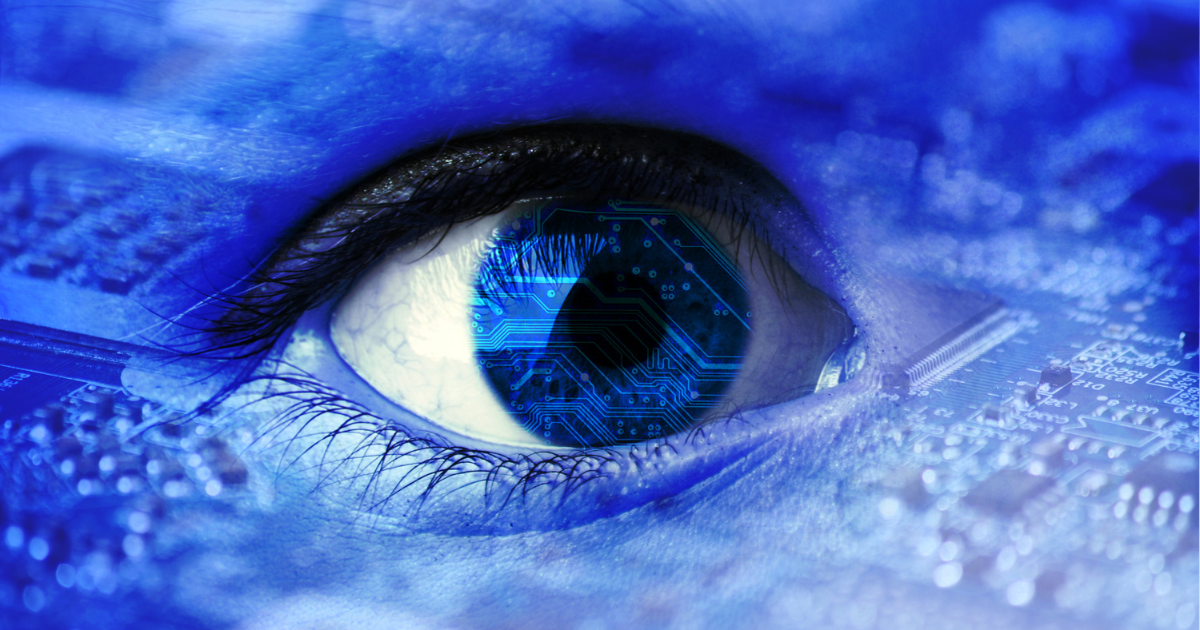

© Urban Optiks Optometry, Inc. 2009-2024
All Rights Reserved
Location
The Cairo Building
3788 Park Blvd, Suite 5
San Diego, CA 92103
Phone: 619.683.2020
Text: 619.683.2020
Fax: 619.683.2111
Email: info@uoosd.com
Hours
Monday: 9 am – 7 pm
Tuesday: 9 am – 6 pm
Wednesday: 9 am – 6 pm
Thursday: 9 am – 7 pm
Friday: 9 am – 6 pm
Saturday: 9 am – 5 pm
Sunday: Closed


